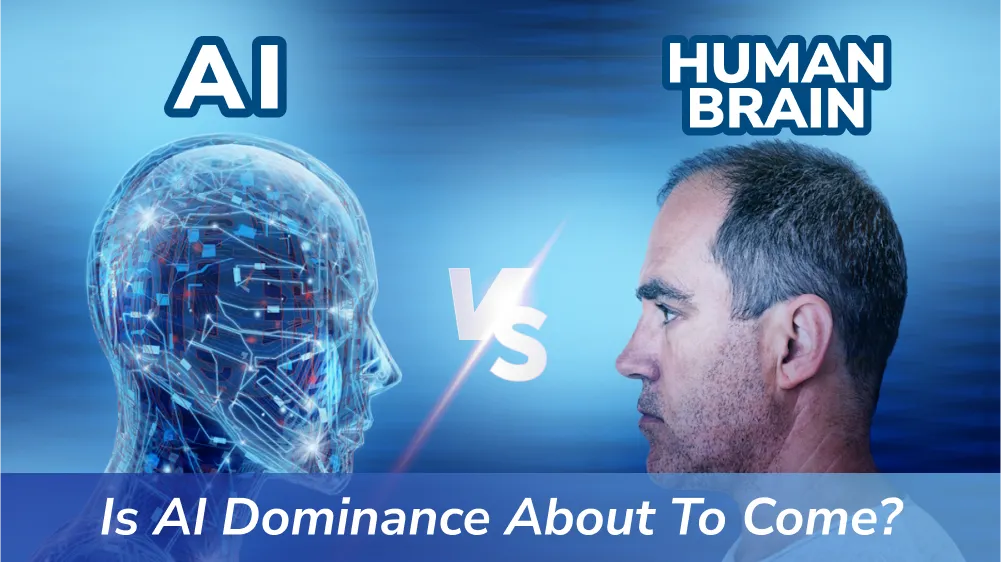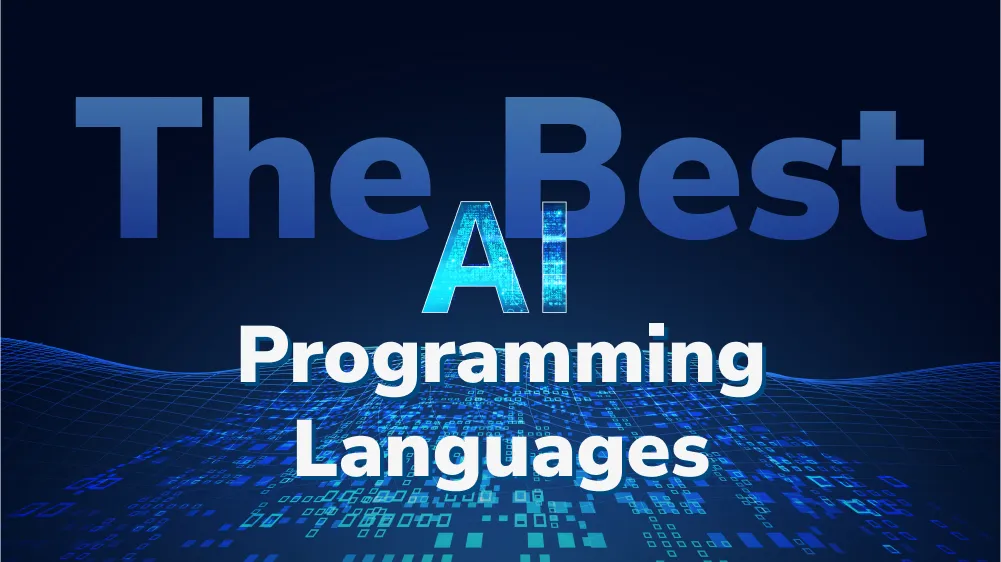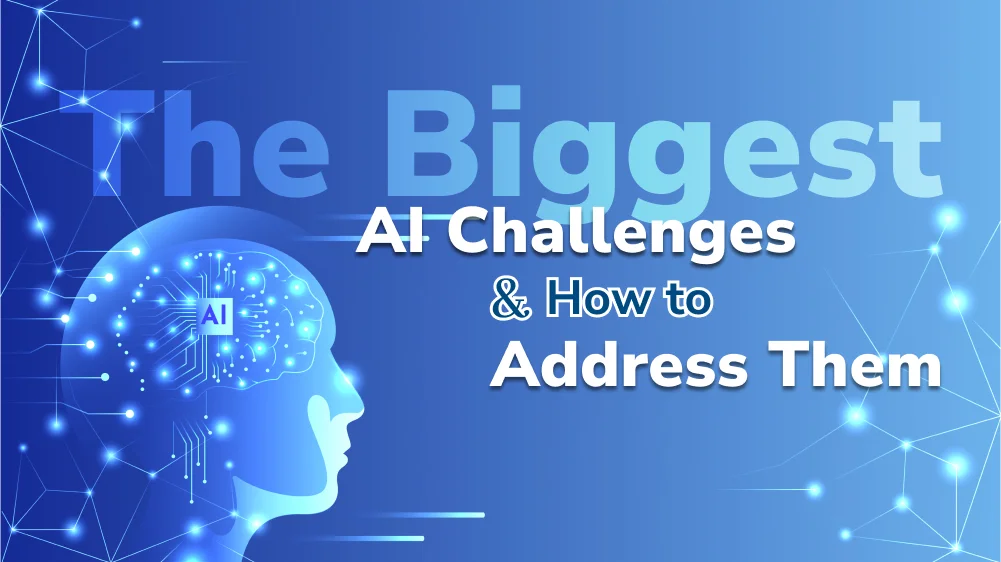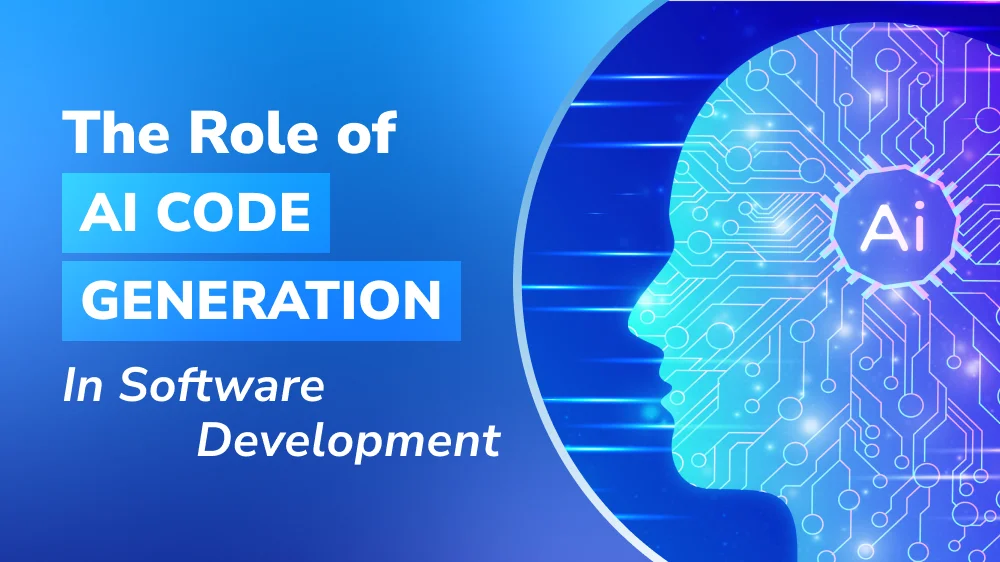Top 10 Machine Learning Applications
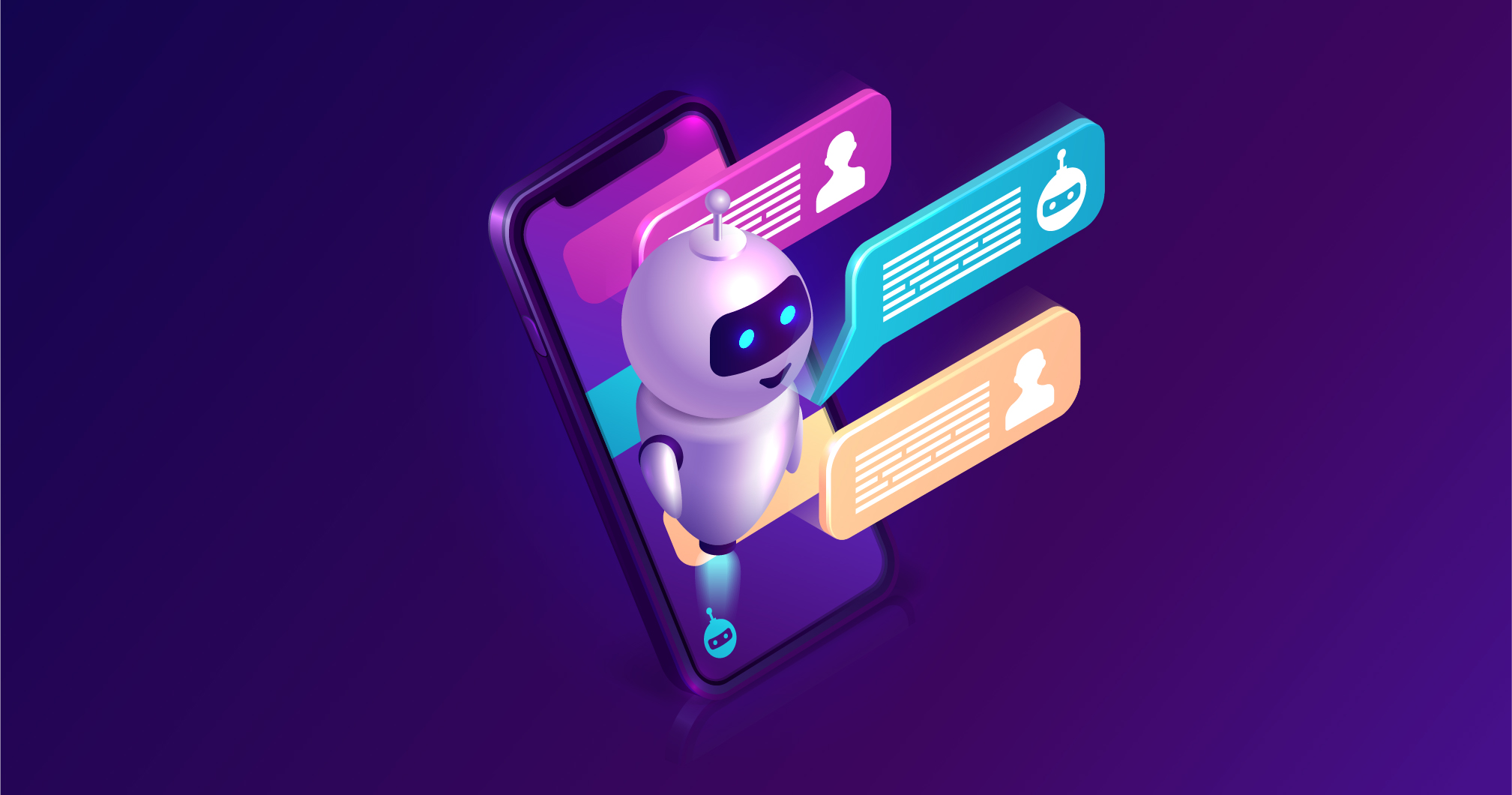
Content Map
More chaptersMachine Learning is changing how everything works. What are the top 10 Machine Learning applications that we are using and familiar with in our daily life?
Since Machine Learning is one of the world’s top searches right now, no one can deny the importance of its applications in our lives. Machine Learning has and is changing how everything works. What are the top 10 Machine Learning applications that we are using and familiar with in our daily life?
1. Virtual Personal Assistants
“Hi Siri” – Yes, your personal AI assistant is not an unfamiliar phase to most people these days. Siri, Alexa, Google Now, etc. are your personal assistants who can assist you in finding information through voice commands.
To answer your questions, they look up information online, your device history, collect info, or send a related action towards your device such as “call Mom”. How do these AI assistants work? They collect and refine information based on your previous involvement with them – hence, Machine Learning.
2. Traffic Predictions
Do you use Uber? Have you noticed the ETA (Estimate Time of Arrival) whenever you book a trip? GPS system is used by using current locations and velocities being saved at a central server for managing traffic.
This data is then used to build a map of current traffic. Machine learning in such scenarios helps to estimate the regions where congestion can be found based on daily experiences.
What about when your estimated fee is higher than normal, such as during rush hours? Machine Learning is then used to define prices for surge hours by predicting rider demands and traffic.
Uber’s biggest uses of Machine Learning comes in the form of surge pricing, a machine learning model nicknamed as “Geosurge”.
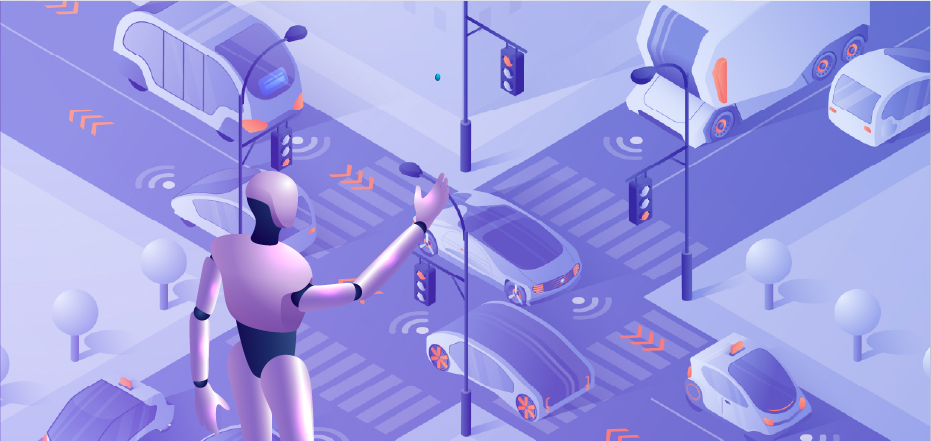
3. Videos Surveillance
The video surveillance system() is powered by AI that makes it possible to detect crimes way before they happen. This is done by tracking unusual behaviors such as standing motionless for a long time, stumbling, or napping on benches etc.
The system can thus give an alert to human attendants, which can ultimately help to avoid mishaps. And when such activities are reported and counted to be true, they help to improve the surveillance services.
This happens with machine learning doing its job at the backend.
4. Products Recommendations
Imagine searching up cute, adorable cats, and go back to your Facebook and browsing to see sponsored pet care or pet shop ads? Did you know that it’s machine learning doing the magic for you?
Your browsing history is collected and analyzed to bring up ads or products recommendations that are up to your liking, especially based on your search criteria, website/app, past purchases, or items liked.
5. Fraud Detection
Fraud Detection is one of the most necessary applications of Machine Learning. Whenever customers carry out transactions – the Machine Learning model checks their profiles thoroughly to search for any suspicious patterns.
Then, it will report the results immediately and flag any suspicious activity. In Machine Learning, problems like fraud detection are usually framed as classification problems

6. Image Recognition
Image recognition is about the pixel and pattern analysis of an image to recognize the image as an object. It might be easy for human to tell objects apart, however, how can you program machines to differentiate between different objects based on images?
Or better yet, how can machines differentiate what is, say, a dog or a cat?
The answer is simple: feed the neural network with vast numbers of labeled images to train it to differ one object from another.
7. Sentiment Analysis
Sentiment analysis also refers to opinion mining, sentiment classification, etc. It’s a process of determining the attitude or opinion of the speaker or the writer. In other words, it’s the process of finding out the emotion from the content.
Sentiment Analysis belongs to the Natural Language Processing (NLP) field that builds systems that try to identify and extract opinions from content. These systems extract attributes of the expression such as:
Polarity: if the speaker expresses a positive or negative opinion,
Subject: the thing that is being talked about,
Opinion holder: the person, or entity that expresses the opinion.
8. Email Classification and Spam Filtering
Machine learning algorithm is employed to classify email and filter the spam in an automatic way based on multi-layer perception, C4.5 decision tree induction, neural networks, etc. to filter the spam.
The rule-based spam filtering has some drawbacks to filter the spam, whereas spam filtering using the ML approach is more efficient.
These ML techniques have the capacity to learn and identify spam mails and phishing messages by analyzing loads of such messages throughout a vast collection of computers.
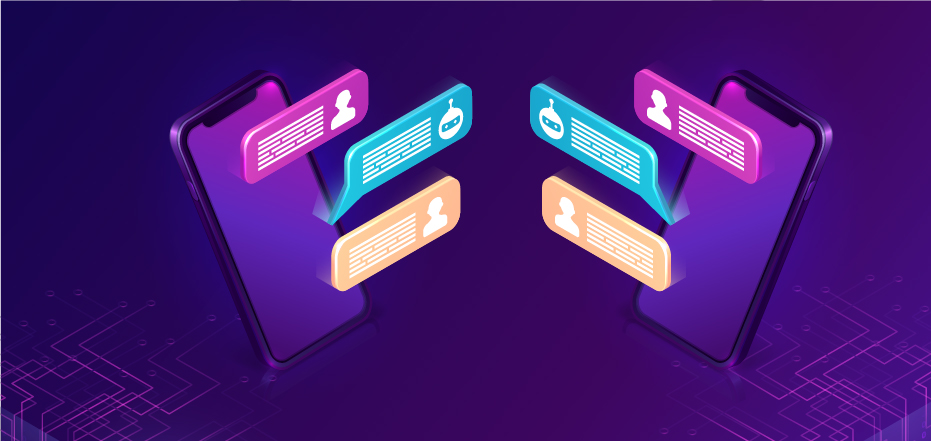
9. General Conversational Chatbot
Since we mentioned AI personal assistants before, we might as well mention another similar branch of AI chatbots, which is general conversational Chatbot.
Siri, Alexa, or Cortana are called goal-oriented chatbots, while Microsoft Tay bot or CleverBot are examples of general conversation chatbots which are based on neutral conversational models. General conversation chatbot can attempt to talk to people about a variety of topics through deep neural networks.
10. Neural Networks and ‘Machines That Dream’
It’s common knowledge that Google is one of the leaders in the Machine Learning race, especially regarding the neural network research. The most visible developments in Google’s neural network research has been the DeepMind network, the “machine that dreams.”
According to Google, the company is researching “virtually all aspects of machine learning,” which will lead to exciting developments in what Google calls “classical algorithms” as well as other applications including natural language processing, speech translation, and search ranking and prediction systems.

